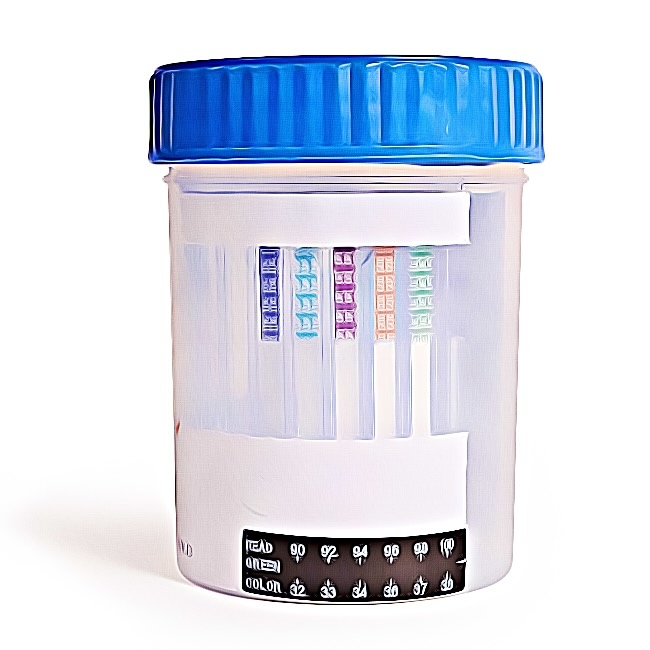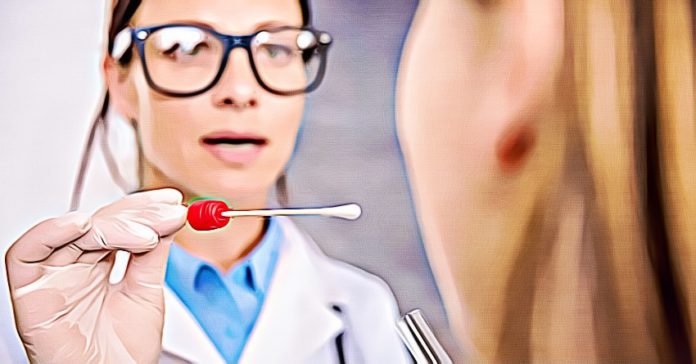There are several reasons you may need to undergo drug testing. Fortunately, there are many methods for drug testing, and it depends on the purpose of the screening. In this post, we will discuss the most common drug testing methods and where they’re used.
Drug testing methods vary in terms of accuracy, cost, intrusiveness, and where they can be administered. What’s similar about all of these methods is that they look for traces of chemical metabolites a drug leaves behind after it’s been eliminated from the body.
The five drug testing methods are:
- Urine
- Blood
- Sweat
- Saliva
- Hair
The SAMHSA 5
In drug testing, companies look for the SAMHSA 5, which was previously called the NIDA-5. Here are the five common types of drugs:
- Cannabinoids, like marijuana and hash
- Cocaine
- Opiates, like morphine, heroin, opium, etc.
- Amphetamines
- Phencyclidine (PCP)
5 Common Drug Testing Methods
Now, let’s get down to business and explore the five common drug testing methods.
-
Urine Test
Urine test is the standard for drug testing, and it’s also the least expensive. It can detect marijuana use within the past week, while cocaine, heroin, and other hard drugs can be detected within the past two days. Also, it can detect alcohol use within the past several hours.
A urine test measures whether metabolites are present in the urine. Remember, a positive urine drug test doesn’t necessarily mean the person is currently using drugs, but rather, it’ll show the person has used drugs 1-3 days prior to the test.

-
Saliva Test
Also known as cheek swab tests, a saliva test involves the collection of saliva. In this case, an individual should avoid eating or drinking anything before the test. Its detection window is 5-48 hours, and it is known as a more effective way to detect marijuana, cocaine, and amphetamines. Moreover, it’s less susceptible to tampering. Saliva test results often take 24 to 48 hours.
The length of time certain drugs is detectable in a person’s saliva varies. Some suggest that if a person has used a substance more frequently, its presence will be detectable for longer. Additionally, there are factors that affect a saliva test, such as:
- Drug under investigation
- Drug quantity
- Testing facility
- The skill of the person carrying out the test
- Specific detection window of the drug
- Location of sample analysis
Blood Test
Blood testing is an expensive and invasive drug testing method, yet it’s the most accurate type of test. Taking blood samples as a drug test method can detect a variety of drugs, like fentanyl, nicotine, and LSD.
The testing window for this type of tests is much shorter than other tests. However, due to the procedure’s cost, time, and invasiveness, blood tests as a drug testing method aren’t commonly used. Usually, they are used for court orders or insurance reasons.
Sweat Test
A sweat test uses a skin patch, which is applied to the skin and remains there for a specific period of time. Usually, it can be on the skin for a week. The patch will monitor the sweat on the skin for any detectable drugs.
Skin patch drug tests usually have systems in place to prevent tampering. It is used to test for certain drugs, such as cocaine, marijuana, opiates, amphetamines, and PCP. Also, it is usually ordered for individuals who are on parole or probation.
Hair Follicle Test
Compared to these drug test methods, a hair follicle test has the longest detection window. It can detect drugs used up to 90 days before the test. However, it can’t detect drugs that were used very recently.
A hair follicle test is carried out by collecting 1.5 inches of hair. In some situations, it can be taken from other areas of the body. It uses cut-off levels to indicate test results.
If it’s used for employment purposes, it follows an industry-standard that involves a two-tier testing method—an initial screening and a confirmation test.
The initial screening is used to separate negative samples from any further testing, while the second part is a more in-depth testing that involves more definitive processes to identify and measure specific drugs.
It’s crucial that cut-off levels are chosen based on the drug being tested for. It’s only if a drug is identified at concentration levels equal to or greater than the cut-off that it will be reported as a positive result. With that, a negative test doesn’t mean there wasn’t a drug indicated; it only means that if there was the presence of drugs, it was in a lower amount than the cut-off level and couldn’t be reported.
Hair follicle test is very accurate and almost impossible to cheat. However, it’s more expensive, and it has a longer turnaround time.
Drug Testing Accuracy
Specific drug methods are more accurate than others, but still, certain factors affect their accuracy. For one, the technology used in the test and the chemical nature of the drugs has a huge effect on the accuracy level of the drug test method. Also, the skills and abilities of the testing facility, along with the procedures used to ensure proper handling and samples processing, play essential roles in the drug testing method’s accuracy.
What Drug Tests Can’t Measure
Remember, drug tests can’t measure the frequency of use. Moreover, it can’t measure the severity of impairment or whether a person is a candidate for treatment due to substance abuse.
How Long Do Drugs Stay in the System
How long drugs stay in the system varies. Different drugs stay in the system for different amounts of time. Some drugs will remain in the system for days, while some can stay in your system for months.
Here are some factors that affect the time drugs stay in the system:
- Type of drug
- Amount of drug used
- Frequency of use
- Hydration levels
- Physical activity
- Body mass
- Drug tolerance
- Metabolic rate
- Medical conditions
- Gender
- Weight
- Presence of other drugs in the body
- Drug’s half-life
The Right Drug Test Method
Now that you know the most common drug test methods today, the type of test that needs to be conducted will depend on the purpose. Usually, for employment purposes, a urine test will do, while court orders will require a different type of drug test method.
Drug test methods vary depending on the cost, the accuracy, the need, invasiveness, etc. Therefore, you need to consider these factors when you plan to order a drug test for yourself, a loved one, or your staff.
Whether you’re an employer or not, knowing the different types of drug test methods and their accuracy are important. You need to know which drug tests to order if you suspect someone is suffering from substance abuse.
Conclusion
Remember, if you suspect substance abuse, it’s crucial you know what to do. Read up regularly about substance abuse so you can be better equipped with knowledge surrounding addiction. Just by knowing about drug test methods will be very helpful for you or a loved one. If you need help or you think someone needs intervention, it’s vital not only to read up on substance abuse but also to consider rehab programs and facilities.
Sources:
















